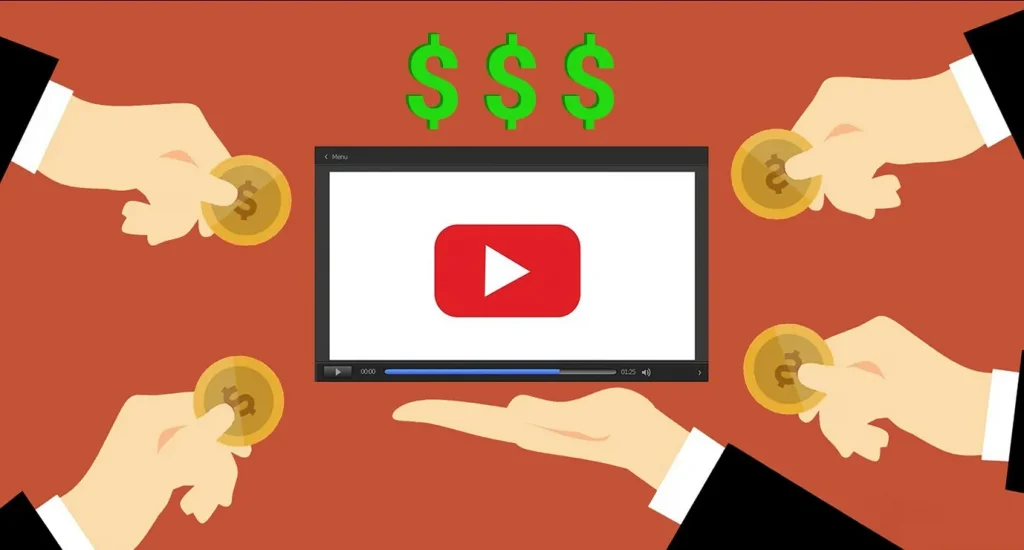Monetization without partnership: how a streamer can earn without Twitch and YouTube
Many streamers rely on platform partnership programs such as Twitch Affiliate or YouTube Partner Program to generate income from their activities. However, these programs have limitations related to platform policies, high audience requirements, and the possibility of sudden disconnection. In this material, we will explore alternative monetization methods that allow streamers to earn without depending on major video hosting platforms.

Alternative streaming platforms
Independent services with donation options
There are streaming platforms that do not impose strict monetization requirements. These include Trovo, DLive, and Glimesh. These services allow revenue through donations, subscriptions, and built-in virtual currencies. Most of them operate on decentralization principles, giving more control over content.
Using own websites and applications
Some streamers create their platforms or use custom solutions based on WordPress, Restream, or OBS Studio. This provides freedom in choosing advertisers and interaction methods with the audience. Launching a personal website also enables the sale of digital products, courses, or exclusive content.
Donations and crowdfunding
Platforms for collecting donations
Donations remain the easiest monetization method. Services like DonationAlerts, Streamlabs, and Ko-fi allow viewers to support their favorite streamers directly. Unlike partnership programs, income is received without platform involvement, eliminating strict audience requirements.
Crowdfunding and subscriptions
Platforms like Patreon, Boosty, and Buy Me a Coffee allow streamers to receive regular financial support from subscribers. In return, they can offer exclusive bonuses: access to private streams, personal messages, or unique content. This creates a stable source of income and strengthens audience loyalty.
Advertising and brand collaborations
Direct advertising integrations
Streamers can collaborate with brands directly, bypassing platforms. This can include native product advertising, branded broadcasts, or mentions during streams. Choosing companies that align with the audience’s interests is essential for seamless advertising integration.
Affiliate programs outside streaming platforms
Some companies offer affiliate programs independently of Twitch or YouTube. For example, gaming peripherals stores, VPN services, or game distribution platforms (Green Man Gaming, GOG) provide streamers with commissions for attracting customers through personal links or promo codes.
Selling personal products and services
Digital and physical goods
Many streamers create their own merchandise: t-shirts, mugs, posters with logos, and memes. Platforms like Printful and Teespring enable product sales without managing inventory. Digital products, such as guides, emojis, or stream templates, are also in demand.
Consulting and coaching
If a streamer has expertise in a particular field, they can earn through consultations. These can include lessons on editing, gameplay, OBS setup, or personal brand development. Such services are offered on platforms like Fiverr and Upwork.
Organizing paid events
Private streams and webinars
Some streamers host exclusive broadcasts for a limited audience. These can be paid masterclasses, tournaments, or reviews of new releases. Access is provided through Discord, Telegram, or dedicated services.
Offline events
Popular streamers can organize fan meetings, autograph sessions, or themed parties. This is an excellent monetization method that also strengthens the community.
Comparison of monetization methods
| Monetization method | Requirements | Potential income |
|---|---|---|
| Donations | Active audience | Medium |
| Crowdfunding | Loyal subscribers | High |
| Direct advertising | Brand access | High |
| Affiliate links | Thematic audience | Medium |
| Selling products | Personal brand | Medium |
| Paid streams | Exclusive content | High |
Conclusion
Monetizing streaming without partnership is possible with the right strategy. Using alternative platforms, donations, advertising, and selling personal products allows streamers to earn without relying on Twitch and YouTube. The key is to build strong relationships with the audience and offer value that viewers are willing to pay for.
